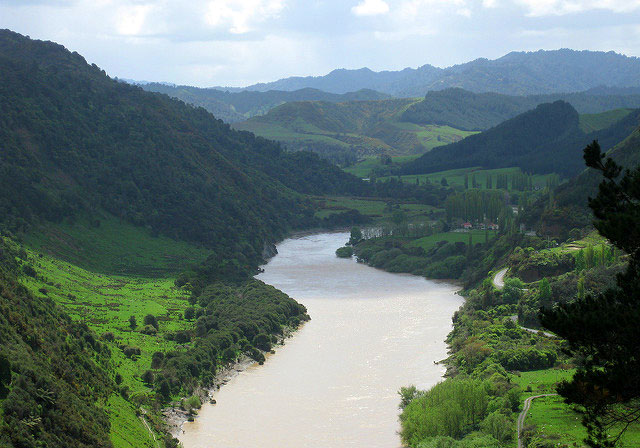Consumers, farmers, and the environment are all at risk from further damage by the recent merger between Bayer and Monsanto. For obvious reasons (poor PR), the name ‘Monsanto’ will be dropped.
While depressing news, this article by John Vidal in the Guardian also gives hope of the strength and love within the community. “Debal Deb, an Indian plant researcher who grows forgotten crops and is the antithesis of Bayer and Monsanto… Deb’s community seed bank is one of the last living repositories of hundreds of Indian rice varieties.”
“Nearly 10 million of the poorest farmers now use the system of rice intensification (SRI), which has been proven to increase rice, wheat, potato and other yields dramatically by stimulating the roots of crops. Agro-forestry techniques that grow trees and shrubs among crops is proving more productive, as is land restoration. Farmers’ groups in India and across Latin America are developing their own seed companies in order to avoid the new corporate monopolies.”
The System of Rice Intensification has been developed at Cornell University USA. Their goals are to:
- Make knowledge easily accessible to any interested farmer in Asia, Africa, and Latin America and beyond
- Advance the application of ecological agriculture by further developing SRI and integrating it with other agro-ecological approaches
- Improve the science-based understanding of how and why crops planted with SRI principles achieve improved performance and productivity

